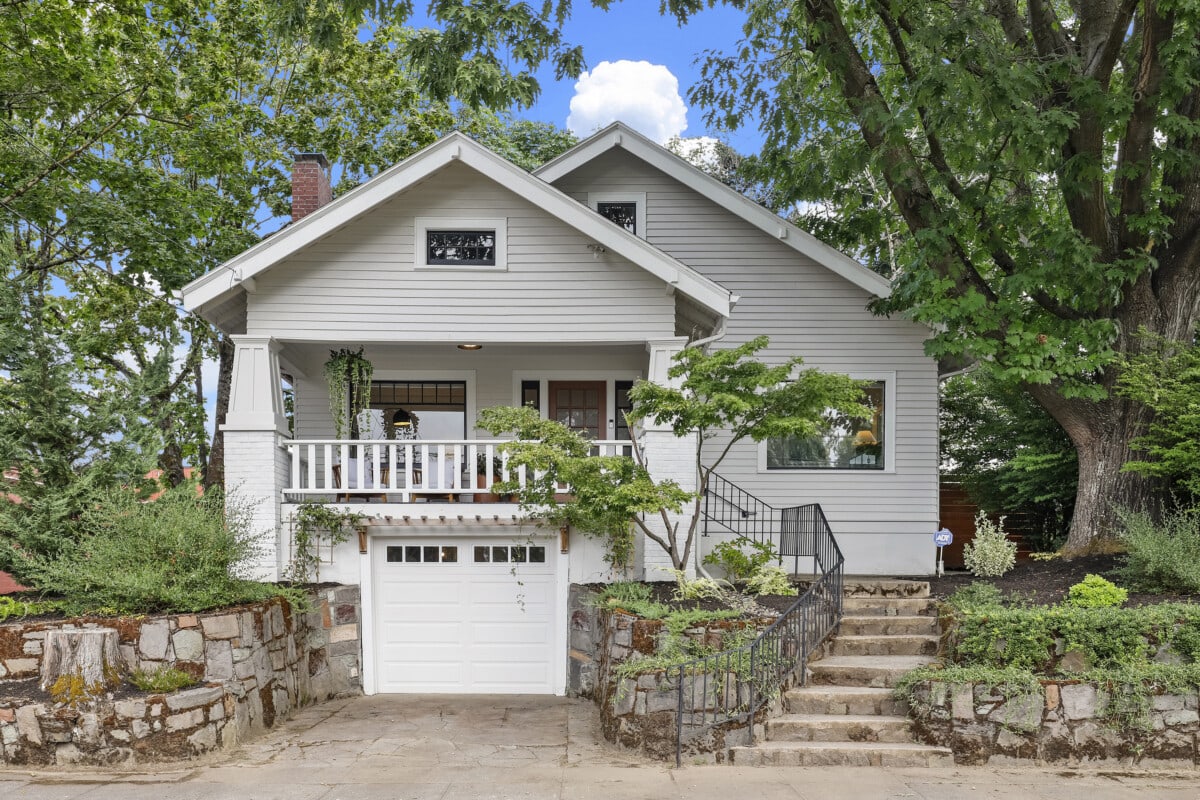10% of Listings Could Sell At a Loss in San Antonio

San Antonio’s housing market is cooling, and sellers are facing a new reality: less money for their homes
In San Antonio, 10% of all listings are at risk of selling for less than homeowners bought them for. This is nearly double the 6% share last year and the fifth highest among the top 50 metros. Nationally, 6% of sellers are at risk of losing money on a sale.
However, the share varies widely depending on when someone bought their home, with those buying more recently tending to be more at risk.
- 30% of sellers who bought post-pandemic are at risk of losing money on the sale – the fourth-highest share in the nation. The nationwide share is 16%.
- 15% of sellers who bought during the pandemic are at risk of losing money on the sale. Nationally, this share is 9%.
- 1% of sellers who bought pre-pandemic are at risk of losing money on the sale, below the 2% in danger across the country.
Although San Antonio is a more balanced market than cities like Austin – which is seeing a sharp decline in demand – sellers still outnumber buyers, pushing prices down. Sun Belt metros generally have the largest shares of listings at risk of selling at a loss. This is because prices skyrocketed but then quickly came back to earth, leaving unlucky sellers in the lurch.
That’s not to say San Antonio home sellers will actually come out behind. Typically, sellers facing a financial loss will wait until they find a buyer willing to pay the asking price, take their home off the market, or rent it out. Plus, the vast majority of sellers still make money on their home sale: Nationwide, 94% of homes sell for more than they were purchased for, compared to just 37% in 2012.
How has San Antonio’s housing market changed since the pandemic?
The San Antonio housing market was hot during the pandemic. Homebuyers rushed to take advantage of historically low mortgage rates, snapping up available homes and draining the city’s supply. As a result, prices soared: From 2020 to 2022, the median sale price climbed 36% to a record $338,000. This is still relatively low nationally, but for San Antonio, it marked a major shift.
Today, in part because prices rose so steeply, the market has cooled. Home prices have dropped by nearly $20,000, fewer homes are selling, and buyers are waiting on the sidelines. Climate risks and rising insurance costs have also added pressure. This means that recent homeowners have lost some of the value they gained, putting them at risk of selling for less than they bought for.
Falling prices would create a larger gap
If prices fall in line with Redfin forecasts by the end of the year, more sellers would be susceptible to losing money on their home. Even the least-affected metros – New Brunswick, NJ, and Providence, RI – would see notable increases.
- If prices drop by the predicted 1%, 12% of San Antonio listings would be at risk.
- If prices drop by 3%, 15% would be at risk.
- If prices drop 5%, 19% would be at risk.
Those who bought prior to the pandemic face the lowest risks of selling at a loss, but they’re also less likely to move in the first place thanks to their lower mortgage rates.
How buyers and sellers can navigate the San Antonio market
San Antonio’s housing market has shifted significantly since the pandemic, creating more opportunities for buyers and more pressure for sellers.
- Buyers: With elevated housing costs and more homes on the market, buyers in the market are generally in command in San Antonio. They should come prepared to negotiate and move quickly when the right home comes along.
- Sellers: Sellers generally don’t have the negotiating power they had during the pandemic, so they may need to offer incentives to attract braving today’s market.
Complete metro-level data

Methodology
Based on a Redfin report, which analyzed active listings on the MLS in May for the 50 largest U.S. metros. All housing data is from Redfin.
The report identifies the share of sellers at risk of selling at a loss, not the share of sellers who will actually sell their home at a loss, and does not take closing costs into account. We defined the pandemic as July 2020-July 2022, when home prices rose the most. Please see the original report’s methodology for complete details.
Source link






